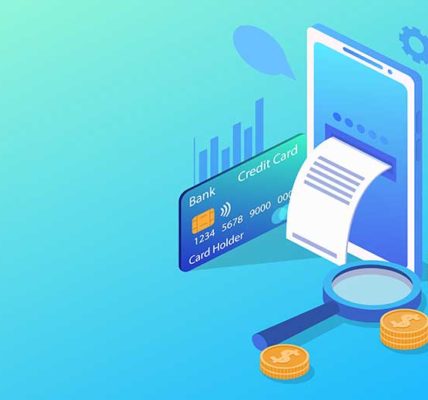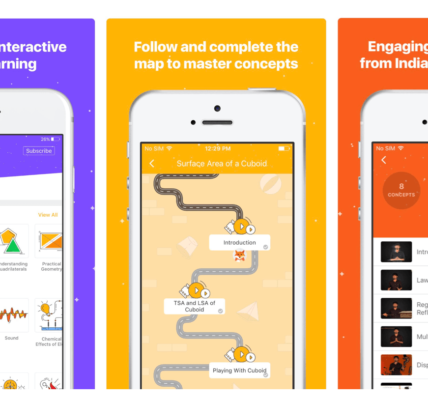In his book The Innovator’s Dilemma, Harvard Business School professor Clayton Christensen popularized the term “disruptive innovation.” Products that fall into this category bring different value propositions to the market than what is currently provided by existing market participants. Although disruptive technologies underperform existing products in mainstream markets, they possess other features that new customers value. In the near term, because a disruptive technology results in worse product performance, their initial sales volume is low.
This definition of a disruptive innovation is an apt description of Apple’s first iPhone. When it was launched in 2007, the iPhone underperformed against benchmarks that were standard in the smartphone industry. As a result, just 1.5 million units were sold in its first two quarters. Here is how the original iPhone stacked up against existing smartphone competitors, using measurements that were considered important at the time:

However, Steve Job’s creation was not just a cell phone; rather, it was the world’s first, handheld computer. Its data processing capabilities—not voice—are what disrupted the cell phone market. Although other smartphone manufacturers offered web browsers, they were clumsy and difficult to use. In contrast, Apple’s web browser made surfing the Internet easy. Compared to its rivals, the iPhone’s user interface was simple, intuitive and uncomplicated. At the swipe of a finger on touch sensitive glass, one could get access to e-mail, text messaging, video, photography, maps, books, music, games and mobile shopping. The iPhone was a game-changer, the industry’s Swiss Army knife.
After having introduced a product that was revolutionary in some respects, but lacking in others, Apple began a structured process of enhancing features—and adding functionality—that satisfied customer needs. This is the essence of continuous improvement. For example, in 2008, iTunes was introduced, which solidified the iPhone’s role as a multi-function device that could seamlessly provide music and video on demand.
Unveiled on September 12, 2012, the iPhone 5 is the current iteration of the iPhone. In his Wall Street Journal column All Things Digital, Walt Mossberg describes the differences between the iPhone 5 and its predecessor model, the 4S, which was introduced a year ago:

The incremental improvements described in the previous table are not radically new. In fact, some commentators have described the iPhone 5 as a catch-up device, adding features that are already resident on the leading Android and Windows phones. For example, many of the Android phones already feature larger screens.
In conclusion, Apple’s product development strategy does not involve releasing breakthrough technologies, year after year. Rather, disruptive innovations—such as the iPod, iTunes, iPad, and the iPhone—are unleashed, upending entrenched market competitors. Then, the worlds’ most innovative company improves upon its breakthrough product by implementing stable releases, adding features and functionality that delight its customers.
I need to bring this blog post to an end, because I have to go down my local store, and place my order for an iPhone 5. The current backlog is 4 weeks, and I don’t want to wait any longer than that!


